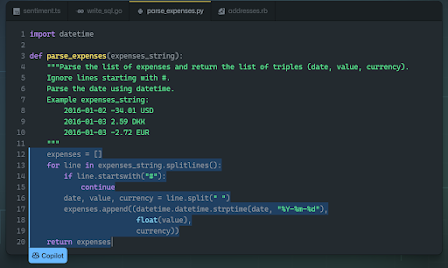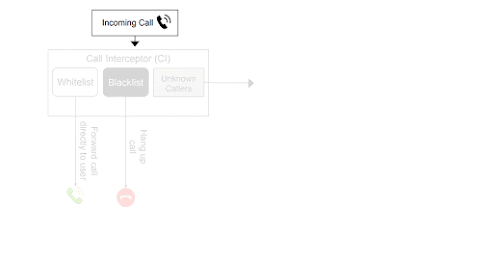Draw what you imagine!

What’s New: A picture worth a thousand words now takes just three or four words to create, thanks to GauGAN2, the latest version of NVIDIA Research’s wildly popular AI painting demo. Key Insight: T he deep learning model behind GauGan allows anyone to channel their imagination into photorealistic masterpieces — and it’s easier than ever. Simply type a phrase like “sunset at a beach” and AI generates the scene in real time. Add an additional adjective like “sunset at a rocky beach,” or swap “sunset” to “afternoon” or “rainy day” and the model, based on generative adversarial networks , instantly modifies the picture With the press of a button, users can generate a segmentation map, a high-level outline that shows the location of objects in the scene. From there, they can switch to drawing, tweaking the scene with rough sketches using labels like sky, tree, rock and river, allowing the smart paintbrush to incorporate these doodles into...





